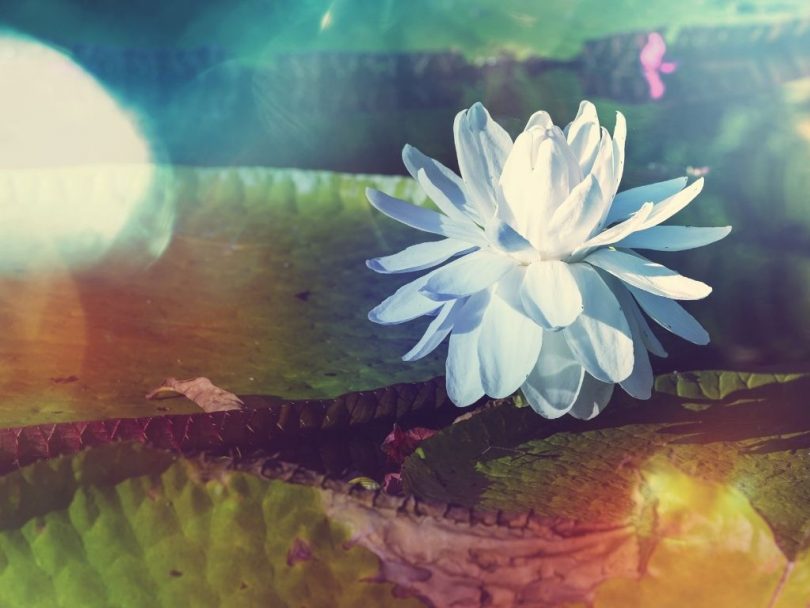This article is written by Trishna Patnaik. Previously a corporate professional, she found her true calling in painting. Trishna is now a full-time professional painter based in Mumbai, as well as an art therapist and healer.
In a world full of doing, doing, and only doing, it is vital to take a moment to just breathe, to just be.
What is mindfulness?
Mindfulness means being aware of what is going on inside and outside of us, moment by moment.
An important part of mindfulness is about reconnecting with our bodies and the sensations they may experience. This means waking up to the sights, sounds, smells, and tastes of the present moment.
It is about allowing ourselves to see the present moment distinctly. When we effectively start doing that, it can positively change the way we see ourselves, and of course, our lives.
If you want to conquer the anxiety of life, live in the moment, live in the breath.
The present moment is not necessarily a place of rest. Mindfulness Meditation can put us in touch with our stresses and anxiety, and that is why it can be so helpful.
Anxiety is our body’s way of saying that it is experiencing too much stress all at once. This can tend to happen to the best of us.
I have personally been dealing with anxiety for a long time now. It does not affect me to the core. However, it does stay in the back of my mind, affecting my productivity, effectiveness, and concentration levels at times.
Mindfulness helps me calm down to a great extent by enhancing my concentration and lets me be in the present moment.
I channel my anxiety by exploring these tips; you can try the same out too:
Notice that ‘you are’ everyday
Even as we go about our daily lives, we can notice the sensations of things, the food we eat, the air moving past the body as we walk. All of this may sound very small, but it has a huge power to interrupt the autopilot mode we set for ourselves day-to-day, and can definitely give us new perspectives on life.
Try something new
Trying new things, such as sitting in a different seat during meetings or even going somewhere new for lunch, can help you notice the world in a new way.
Keep a watch on your thoughts
Some people find it very difficult to practice mindfulness. As soon as they stop what they are doing a lot of thoughts and worries crowd in. It might be useful to learn that mindfulness is not about making these thoughts go away, but rather about viewing them as co-occurring mental events.
Name your thoughts and feelings
To develop awareness towards reoccurring thoughts and feelings, some people find it helpful to silently name them.
Free yourself as much as you can from the past and future
You can practice mindfulness anywhere you like, but it can be especially helpful to take a mindful approach if you realize that, for several minutes, you have been trapped in reliving your past problems or pre-living your future worries.
I hope the above tips help you gain some perspective, and you gauge a positive experience by living them.
Meditation Practice for Anxiety
Start with 5 minutes and then gradually increase your time frame.
1.) Open your attention to the present moment.
Bring attention to any thoughts, feelings or sensations in the body. Watch them from one moment to the next.
2.) Focus on your breath.
Concentrate and center your breath to one region of the body—the breath of the belly, or the chest, or even the nostrils, and keep that in your focus.
3.) Bring attention to your body.
Become fully aware of any sensations in the body and your breathing pattern.
As you work through these three rhythmic movements, with a smile on your face, your mindfulness practice can flourish.
